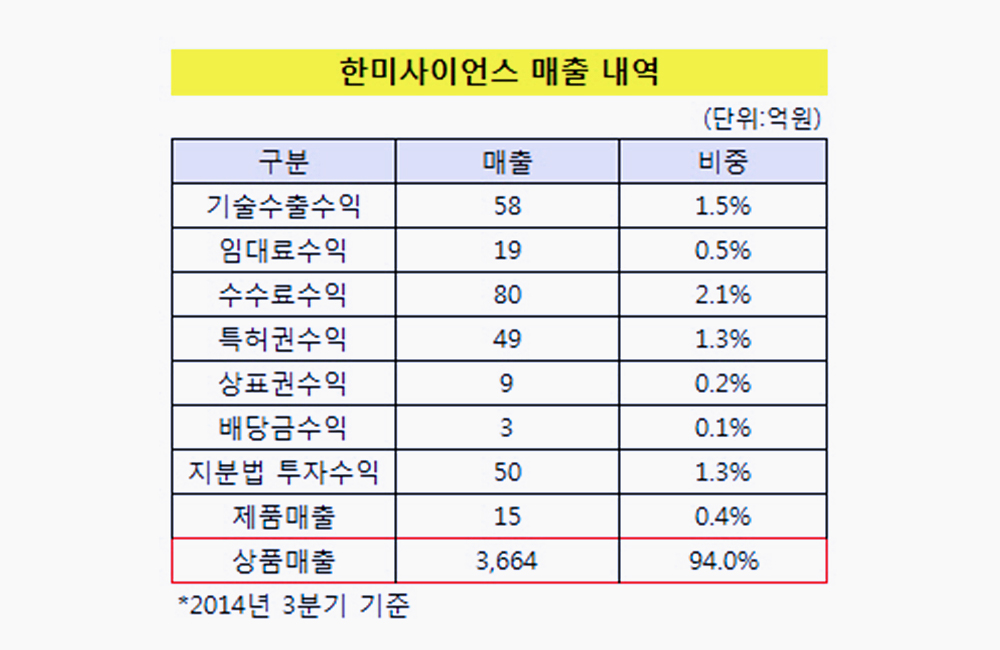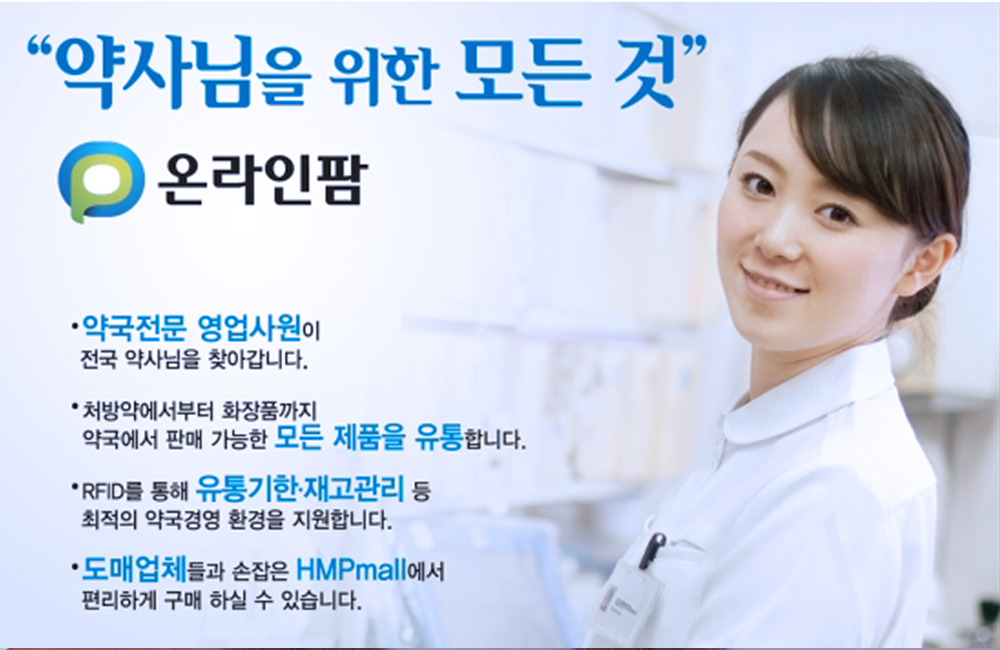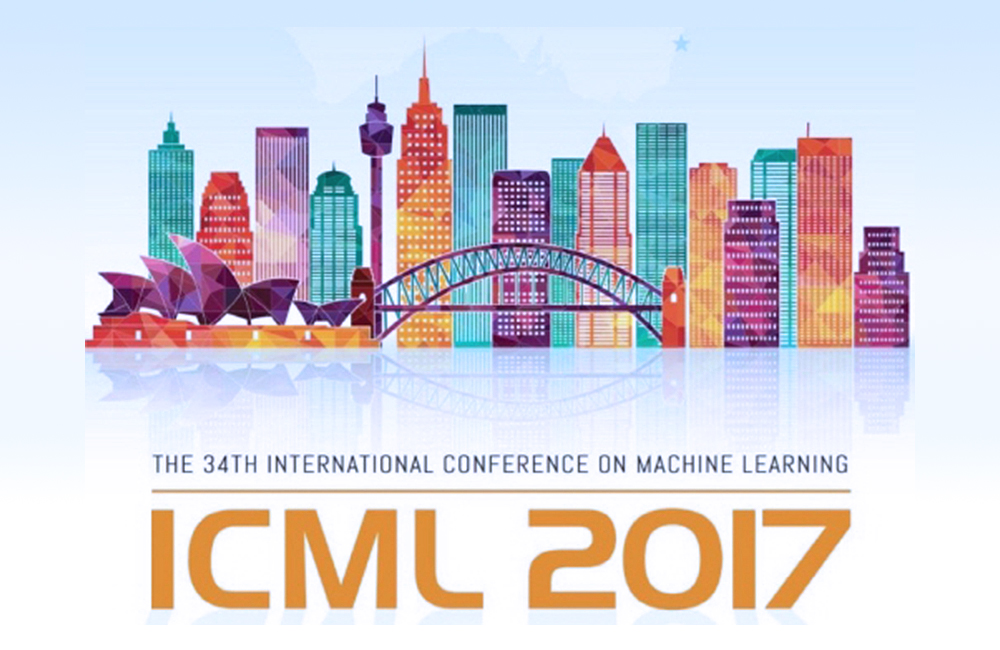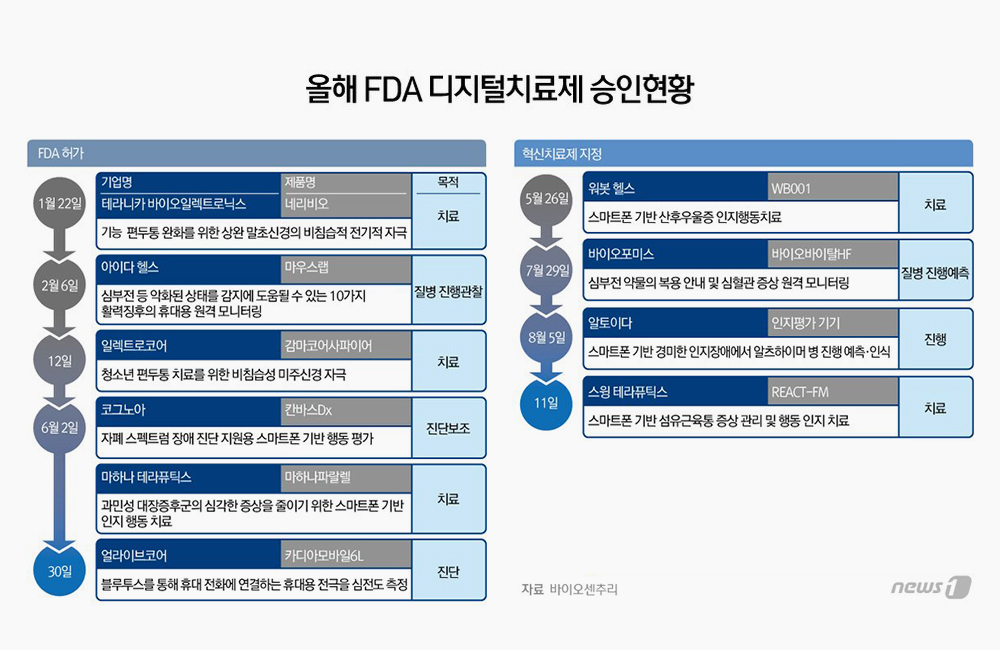Chat-GPT has gained more than 100 million
users since Microsoft-backed OpenAI launched the AI service five months ago.
People across the globe are using the technology for a multitude of reasons,
including to write high school essays, chat with people on dating apps and
produce cover letters.
The healthcare sector has been notoriously
slow to adopt new technologies in the past, but Chat-GPT has already begun to
enter the field. For example, healthcare software giant Epic recently announced
that it will integrate GPT-4, the latest version of the AI model, into its
electronic health record.
So how should healthcare leaders feel about
ChatGPT and its entrance into the sector? During a Tuesday keynote session at
the HIMSS conference in Chicago, technology experts agreed that the AI model is
exciting but definitely needs guardrails as it becomes implemented into
healthcare settings.
Healthcare leaders are already beginning to
explore potential use cases for ChatGPT, such as assisting with clinical
notetaking and generating hypothetical patient questions to which medical
students can respond.
Panelist Peter Lee, Microsoft’s corporate
vice president for research and incubation, said his company didn’t expect to
see this level of adoption happen so quickly. They thought the tool would have
about 1 million users, he said.
Lee urged the healthcare leaders in the
room to familiarize themselves with ChatGPT so they can make informed decisions
about “whether this technology is appropriate for use at all, and if it is, in
what circumstances.”
He added that there are “tremendous
opportunities here, but there are also significant risks — and risks that we
probably won’t even know about yet.”
Fellow panelist Reid Blackman — CEO of
Virtue Consultants, which provides advisory services for AI ethics — pointed
out that the general public’s understanding of how ChatGPT works is quite poor.
Most people think they are using an AI
model that can perform deliberation, Blackman said. This means most users think
that ChatGPT is producing accurate content and that the tool can provide
reasoning about how it came to its conclusions. But ChatGPT wasn’t designed to have a concept of truth or correctness — its objective
function is to be convincing. It’s meant to sound correct, not be correct.
“It’s a word predictor, not a deliberator,”
Blackman declared.
AI’s risks usually aren’t generic, but
rather use case-specific, he pointed out. Blackman encouraged healthcare
leaders to develop a way of systematically identifying the ethical risks for
particular use cases, as well as begin assessing appropriate risk mitigation strategies
sooner rather than later.
Blackman wasn’t alone in his wariness. One
of the panelists — Kay Firth-Butterfield, CEO of the Center for Trustworthy
Technology — was among the more than 27,500 leaders who signed an open letter
last month calling for an immediate pause for at least six months on the
training of AI systems more powerful than GPT-4. Elon Musk and Steve Wozniak
were among some of the other tech leaders who signed the letter.
Firth-Butterfield raised some ethical and
legal questions: Is the data that ChatGPT is trained on inclusive? Doesn’t this
advancement leave out the three billion people across the globe without
internet access? Who gets sued if something goes wrong?
The panelists agreed that these are all
important questions that don’t really have conclusive answers right now. As AI
continues to evolve at a rapid pace, they said that the healthcare sector has
to establish an accountability framework for how it’s going to address the
risks of new technologies like ChatGPT moving forward.









